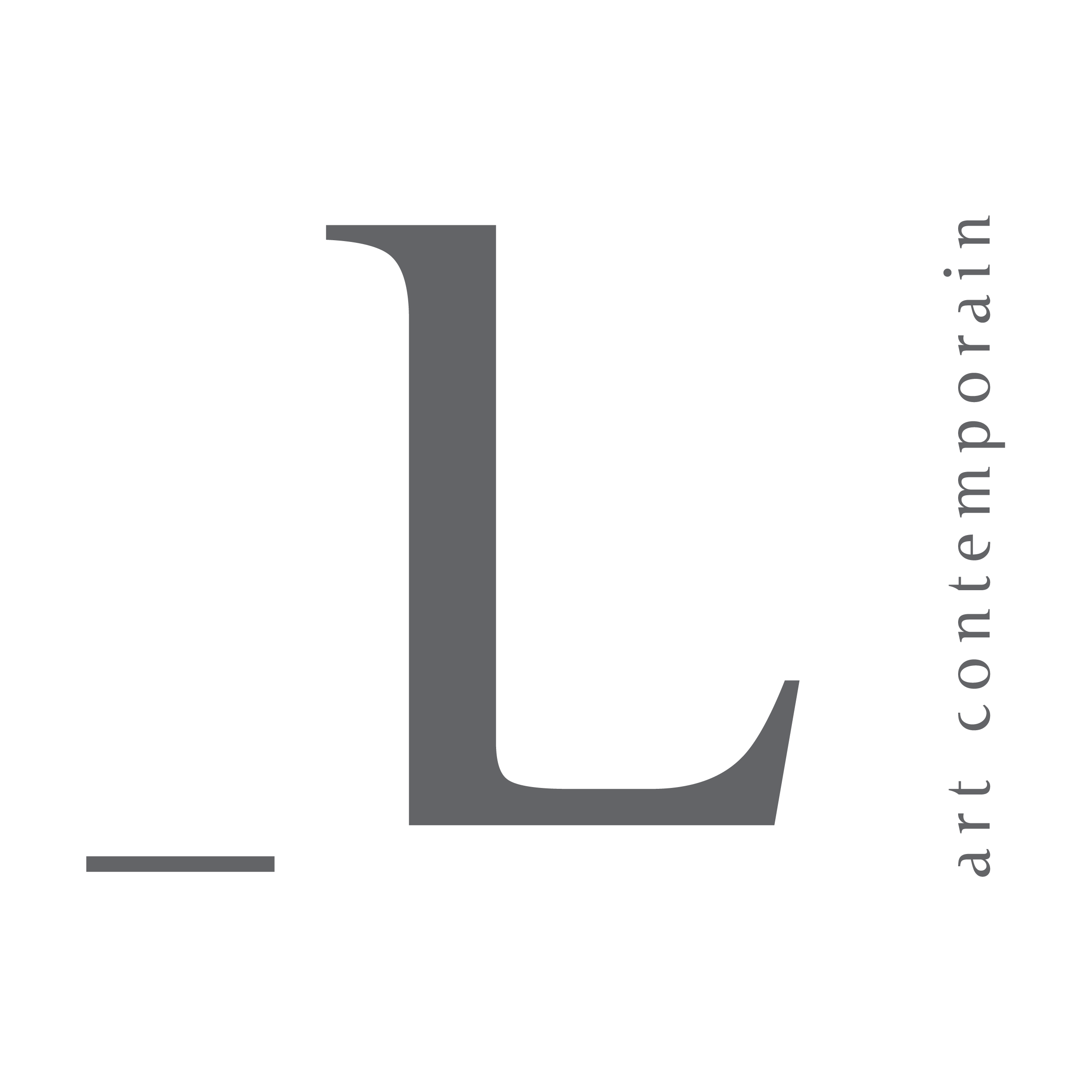
Through a dialogue established between the artists Julien Spiewak and Vasilis Zografos, the exhibition La vie des objets seeks to show how the artist approaches the meaning and value of an object, and how the artist transcends a subjective viewpoint to adopt a collective perspective through the exchange of values. What happens when the artist becomes the collector, and thus the subject desiring gratification? How does the artist select objects, often overlooking their materiality, historical context, craftsmanship, practical use, and existing replicas?
For the artists, the object, as both emitter and receiver, serves as a vehicle for ideas introduced into the artwork as ready-mades (a term first used by Marcel Duchamp in January 1916)—a process that redefines its use value according to aesthetic criteria.
While values are determined by cultural knowledge, objects whose prices exceed our desire to possess them create a distance between the person who desires them and the effort required to acquire them, between pure desire and immediate gratification.
Within this gap, meanings and interpretations are established. These are not only linked to the objects themselves, their provenance, and symbolism, but primarily to the Subject, their social conditions, emotional weight, and needs, which create the necessity to transform the values carried by the object.
Spiewak’s works were created at the Musée Ariana, which will also present his work for the duration of the exhibition at espace_L, and Zografos’ works were inspired by objects displayed at the Musée Ariana. In its original configuration, the Musée Ariana, founded by Gustave Revilliod (1817–1890), a major collector and patron, housed collections of ceramics, glass, and stained glass, as well as painting, sculpture, rare books, coins, silverware, furniture, and many other curiosities.
Through Spiewak’s photographs and Zografos’ paintings, we invite you to rediscover objects exhibited at the Musée Ariana in a new context.

